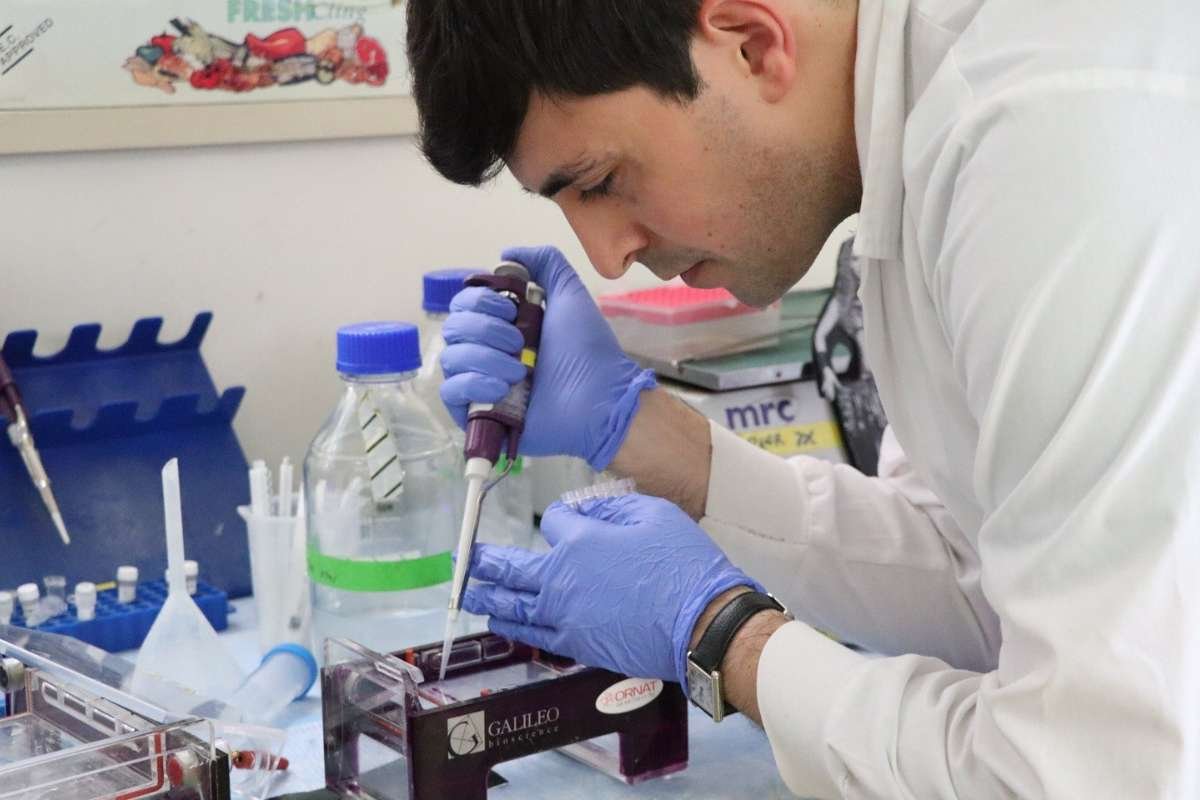In the ever-evolving field of healthcare, maintaining high standards of care and patient safety is paramount. Quality Assurance plays a critical role in achieving these objectives in the healthcare industry.
This blog helps us to understand what healthcare is, its importance, and how it impacts patient outcomes and healthcare practices.
Definition
Quality Assurance in Healthcare is a systematic approach to ensuring that healthcare services meet established standards and continuously improve. It involves monitoring and evaluating various aspects of healthcare delivery to identify areas for improvement and ensure compliance with regulatory and organizational standards.
The primary goals of it are to enhance patient safety, improve the quality of care, and ensure that healthcare practices adhere to the highest standards. This process includes implementing quality improvement initiatives, conducting regular audits, and fostering a culture of continuous improvement.
Importance
1.Enhancing Patient Safety
One of the core objectives of this field is to protect patients from harm. By identifying potential risks and implementing safety protocols, healthcare organizations can prevent adverse events and ensure a safer environment for patients.
2. Improving Care Quality
It focuses on enhancing the overall quality of care provided. This includes evaluating clinical outcomes, patient satisfaction, and adherence to best practices to ensure that patients receive the best possible care.
3. Ensuring Regulatory Compliance
Healthcare organizations must comply with various regulations and standards set by governing bodies. Quality Assurance helps organizations meet these requirements, avoiding legal issues and maintaining accreditation.
4. Optimizing Operational Efficiency
By assessing and improving processes, Quality Assurance can lead to more efficient operations in the healthcare industry. This not only enhances patient care but also reduces operational costs and resource wastage.
Key Components
1. Clinical Audits
Regular clinical audits are a fundamental part of Quality Assurance in Healthcare. These audits involve reviewing clinical practices, patient records, and outcomes to ensure compliance with established standards and identify areas for improvement.
2. Performance Metrics
It relies on key performance metrics to assess the effectiveness of care delivery. Metrics such as patient satisfaction scores, readmission rates, and infection rates provide valuable insights into the quality of care.
3. Quality Improvement Program
Implementing quality improvement programs is a crucial aspect of Quality Assurance in Healthcare. These programs focus on identifying areas for improvement, developing and testing interventions, and measuring their impact on patient outcomes.
4. Staff Training and Development
Continuous education and training are vital components of Quality Assurance. Ensuring that healthcare professionals stay updated on the latest practices, guidelines, and technologies contributes to maintaining high-quality care.
5. Patient Feedback
Collecting and analyzing patient feedback is an essential element of Quality Assurance in Healthcare. Patient surveys, reviews, and complaints provide valuable information on the patient experience and help identify areas for improvement.
Challenges
This field is crucial for delivering high-quality care, it faces several challenges:
1. Resource Constraints
Limited resources can impact the implementation and effectiveness of Quality Assurance initiatives. Adequate funding and staffing are necessary to support quality improvement efforts.
2. Data Management
Managing and analyzing large volumes of data can be challenging. It requires accurate and timely data to make informed decisions and drive improvements.
3. Resistance to Change
Implementing new processes and practices may face resistance from staff. Effective communication and involvement of healthcare professionals are essential to overcome resistance and ensure the successful adoption of quality improvement initiatives.
4. Regulatory Compliance
Keeping up with changing regulations and standards can be complex. Quality Assurance must continuously adapt to ensure compliance with evolving requirements.
Future in the healthcare industry
The field of Quality Assurance is continuously evolving in the healthcare industry, with several trends shaping its future:
1. Data-Driven Decision-Making
Advances in data analytics and health informatics are enhancing the ability to monitor and improve quality. Leveraging big data and predictive analytics will enable more proactive approaches to quality assurance.
2. Patient-Centered Care
There is a growing emphasis on patient-centered care, which focuses on individual patient needs and preferences. Quality Assurance will increasingly incorporate patient perspectives to improve care quality and outcomes.
3.Integration of Technology
The integration of technology, including electronic health records (EHRs) and telemedicine, is transforming Quality Assurance in Healthcare. These technologies provide new tools for monitoring, evaluating, and improving care delivery.
4. Interdisciplinary Collaboration
Collaborative approaches involving various healthcare professionals will become more common. Interdisciplinary teams will work together to address complex patient needs and enhance overall care quality.
Conclusion
Quality Assurance in Healthcare is a fundamental aspect of delivering best patient care services and ensuring that healthcare practices meet the highest standards. By focusing on patient safety, care quality, and regulatory compliance, healthcare organizations can improve patient’s health faster.
The healthcare industry is evolving, therefore embracing the emerging trends and overcoming challenges will be key to advancing it in healthcare. By prioritizing quality and by continuous improvement, healthcare organizations can provide proper care and achieve excellence in patient outcomes.









